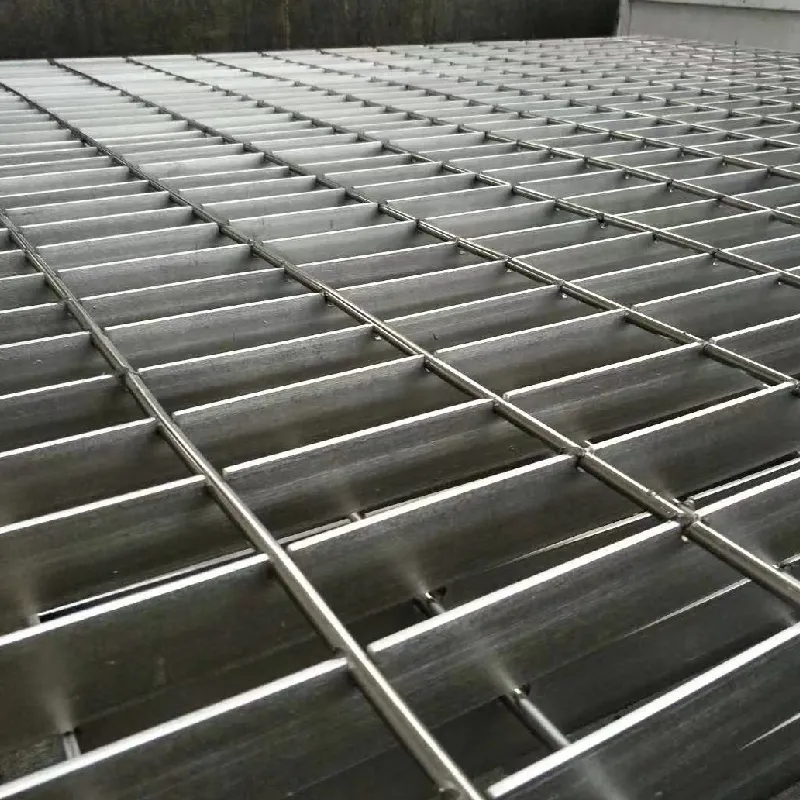Dec . 11, 2024 11:56 Back to list
large animal fencing
Large Animal Fencing Ensuring Safety and Security
When it comes to managing large animals, whether for agricultural purposes, wildlife conservation, or personal endeavors, the topic of fencing plays a crucial role in ensuring the safety and security of both the animals and the surrounding community. Large animal fencing is a specialized field, focusing on creating boundaries that are effective, durable, and humane. This article will explore the importance, types, considerations, and best practices associated with large animal fencing.
The Importance of Large Animal Fencing
Fencing serves multiple critical purposes in the field of animal management. Firstly, it acts as a physical barrier that prevents large animals, such as cattle, horses, elk, and bison, from straying into roadways or neighboring properties, thereby reducing the risk of accidents. Secondly, appropriate fencing helps protect the animals themselves by keeping them safe from predators and unwanted human interaction. For farmers and ranchers, a well-fenced property is essential for managing livestock, ensuring that they remain contained while grazing on designated pasture lands.
Beyond the safety of the animals, effective fencing also contributes to better wildlife management. For instance, fencing can be utilized to create wildlife corridors that allow animals to move safely across landscapes while also preventing them from encroaching on populated areas. Thus, large animal fencing plays a significant role in the balance between agricultural needs and wildlife conservation.
Types of Large Animal Fencing
There are several types of fencing options available for managing large animals, each varying in design, materials, and effectiveness depending on the species involved and the specific goals of the fence.
1. Barbed Wire Fencing Commonly used for cattle, barbed wire fencing consists of two to five strands of wire barbed at intervals. It is relatively inexpensive and effective for keeping cattle contained, but it can pose risks of injury, especially to horses and other more sensitive species.
2. Electric Fencing This type of fencing uses electric currents to deter animals from pushing against the barrier. Electric fencing is versatile and can be adjusted for various species. It can effectively contain animals and minimize the risk of escape.
3. Board Fencing Often seen in equestrian settings, board fencing consists of wooden planks secured to posts. It is visually appealing and safe for horses but can be costly and requires regular maintenance.
4. Mesh Fencing Strongly constructed with high-tensile wire, mesh fencing can contain a variety of animals. It is especially effective for smaller species and can also prevent wildlife from entering certain areas.
5. Stone Walls and Natural Barriers In some cases, natural materials such as stone or hedges can serve as effective barriers to contain large animals. These methods are aesthetically pleasing and can blend harmoniously with the landscape.
large animal fencing

Considerations When Installing Large Animal Fencing
When planning to install large animal fencing, several factors must be taken into account to ensure its success
1. Species-Specific Needs Different animals have varying behaviors and tendencies. Research is necessary to determine the best fencing type suitable for the specific animals being managed.
2. Terrain and Environment The type of land, vegetation, and weather conditions will influence fencing choices. For instance, steep or rocky terrain may require more durable materials.
3. Maintenance Regular maintenance checks are essential to ensure the integrity of the fence, as wear and tear can render fences ineffective over time.
4. Legal Regulations Local laws and regulations regarding fencing must be adhered to, which may dictate specific height, materials, and maintenance requirements.
5. Cost Analysis Budget constraints will influence fencing choices. It’s important to consider both upfront costs and long-term maintenance when planning a fencing project.
Best Practices for Large Animal Fencing
To ensure the effectiveness of large animal fencing, follow these best practices
- Post Installation Ensure that posts are securely installed and deep enough to withstand pressure from the animals. - Regular Inspections Conduct routine inspections for potential damage or wear, including checking for loose wires or broken boards.
- Integrate Multiple Fencing Types Using a combination of fencing types can create a more secure environment by catering to the specific needs of different animals.
In conclusion, large animal fencing is a vital component of responsible animal management. When thoughtfully designed and maintained, it not only ensures the safety of the animals but also serves the broader interests of agricultural productivity and wildlife conservation. By investing in the right fencing solution, stakeholders can achieve a harmonious balance between land management and animal welfare.
-
Reinforcing Mesh: Core Material of the Construction Industry
NewsJul.07,2025
-
Welded Wire Fabric Reinvented for Modern Projects
NewsJul.04,2025
-
Superiority of Stainless Steel Woven Mesh
NewsJul.04,2025
-
Key Types of Razor Wire and Their Applications
NewsJul.04,2025
-
Durable Metal Fence Types for Security
NewsJul.04,2025
-
Best Materials for Livestock Fence
NewsJul.04,2025
products.







